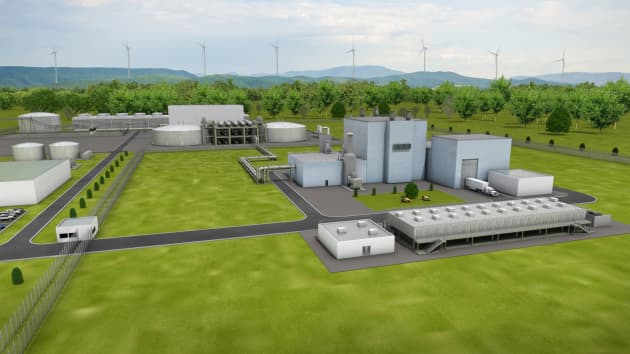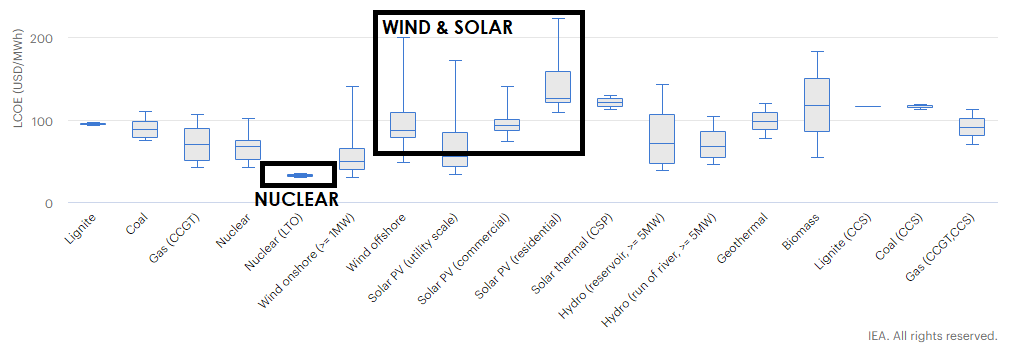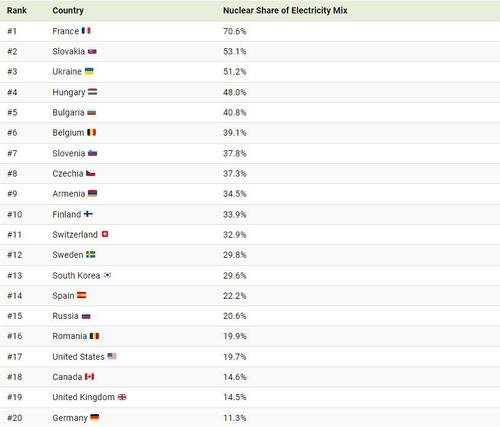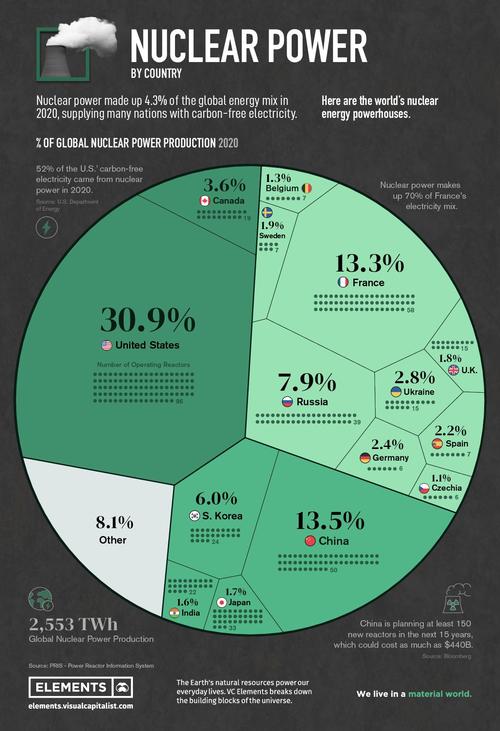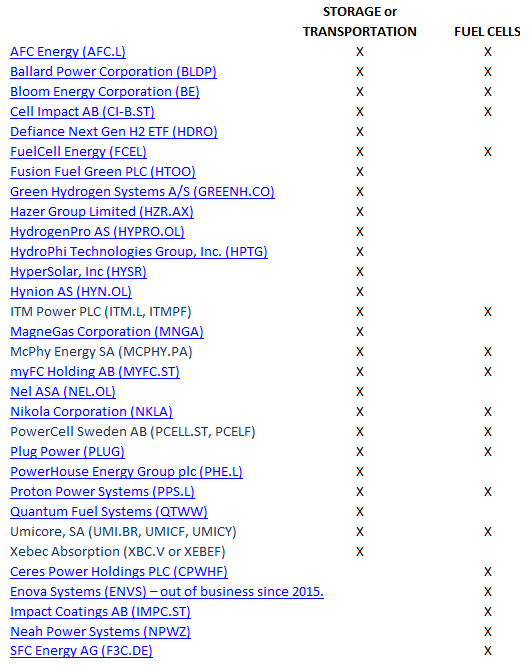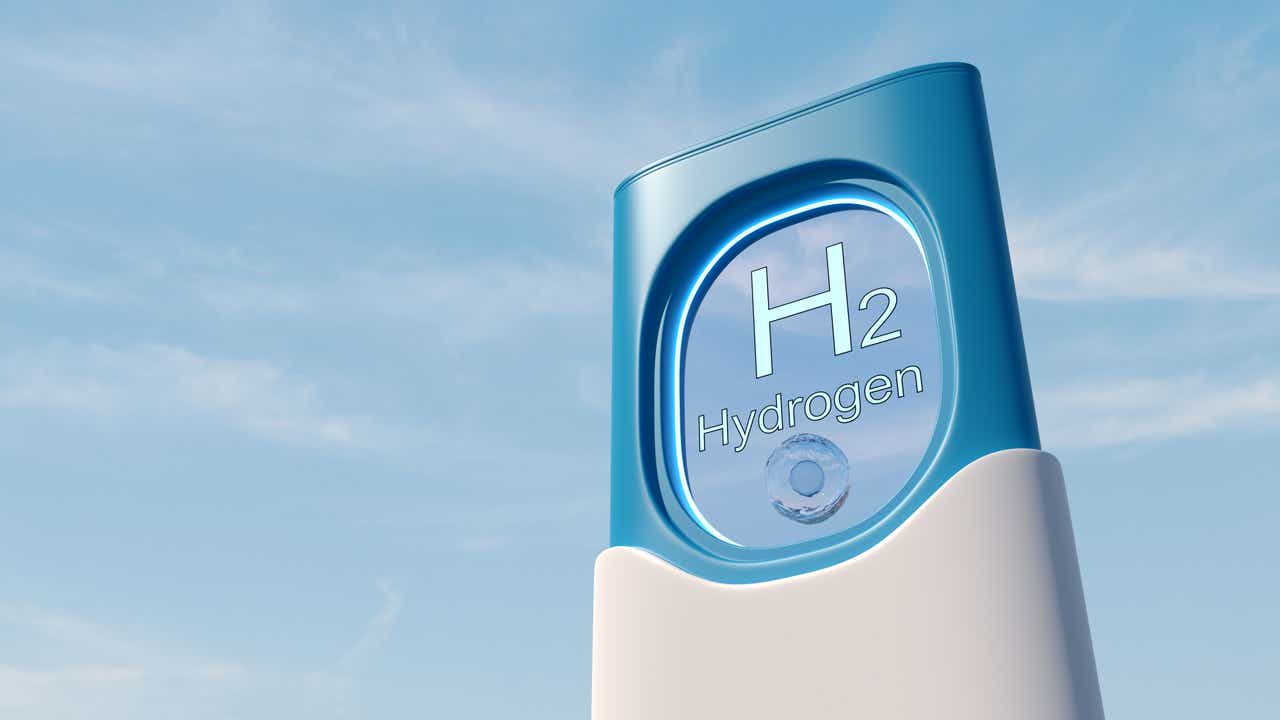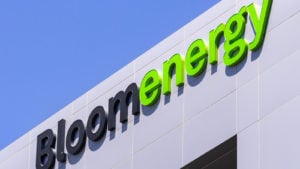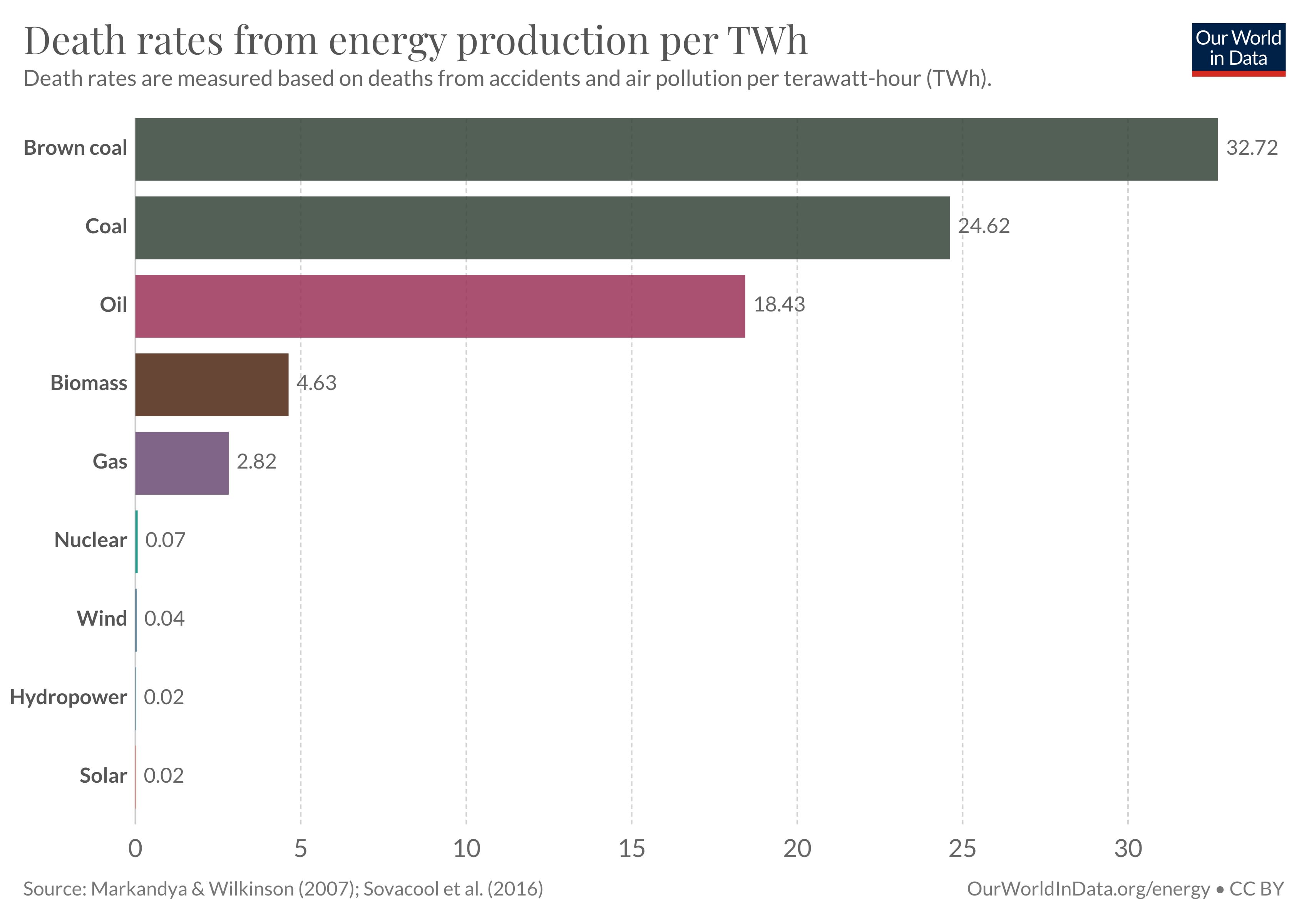GREEN NUCLEAR ENERGY MANDATORY TO ACHIEVE NET-ZERO DE-CARBONIZATION?
After the 3 Mile Island (US), Chernobyl (Russia) and Fukushima (Japan) nuclear accidents, how can anyone in their right mind think Nuclear has a future, ever mind actually call it Green? I raised the issue in a Climate Change discussion at a recent dinner party as the only way to achieve the US Net-Zero goal. I unleashed an immediate torrent of anger, disbelief and unalterable opinions. I suspect I am triggering similar reactions as many of you read this introduction.
In the quiet of my office and after studying the research of unemotional experts, I can tell you all is not as most people currently perceive. Like old timers remembering their original black & white TV with “bunny ears”, it may be difficult for them to understand Ultra 4K Streaming Smart TV is what everyone is now talking about when they reference their TV. The accidents I mentioned above are the technology of the “Black and White” TV era!
Let me tell you why this is important in focusing your thinking and for your 2022 investment strategy.
SITUATIONAL ANALYSIS
The issue with old Nuclear Technology is two fold:
- Safety
- Radioactive Waste
Nuclear power is not the problem. Radioactivity containment is.
WHAT’S NEW?
TECHNOLOGY ADVANCEMENTS
- An advanced nuclear design is called “Natrium”, which uses liquid sodium as a cooling agent instead of heavy water. Sodium has a higher boiling point and can absorb more heat than water, which means high pressure does not build up inside the reactor, reducing the risk of an explosion.
- Natrium plants do not require an outside energy source to operate their cooling systems, which can be a vulnerability in the case of an emergency shutdown. This contributed to the 2011 disaster at the Fukushima Daiichi nuclear plant in Japan, when a tsunami shut down the diesel generators running its backup cooling system, contributing to a meltdown and release of radioactive material.
- Natrium plants can also store heat in tanks of molten salt, conserving the energy for later use like a battery and enabling the plant to bump its capacity up from 345 to 500 megawatts for five hours.
- The Natrium plants are also smaller than conventional nuclear power plants, which should make them faster and cheaper to build than conventional power plants.
- Natrium plants produce less waste, a problematic and dangerous byproduct of nuclear fission.
- The fuel that the Natrium plant uses is called high-assay low-enriched uranium, or HALEU.
|
|
|
- The UK has selected high-temperature gas-cooled reactors (HTGRs) as its preferred reactor technology. The UK government recognizes that it will require a massive build-out of nuclear power to achieve its 2050 net-zero carbon goals. Advanced technologies like HTGRs are earning global recognition for safety, cost and ability to perform for multiple applications
- X-Energy is redefining nuclear energy. It manufactures fuel that seals uranium particles in a protective coating, which renders meltdown impossible and retains the uranium fuel forever. X-energy also designs plants that unlock the fuel’s energy potential in a process that’s as clean as wind or solar. When combined, the result is reliable carbon-free baseload power, produced more safely and affordably than ever before and available anywhere, at any time.
US ENERGY UTILITY PLANT “RETIREMENTS” IN 2022
- Operators have scheduled 14.9 gigawatts of electric generating capacity to retire in the United States during 2022,
- The majority of the scheduled retirements are coal-fired power plants (85%), followed by natural gas (8%) and nuclear (5%).
- Coal will account for 85% of U.S. electric generating capacity retirements in 2022.
- At 0.8 GW, nuclear capacity, retirements represent 5% of expected retirements in 2022 and less than 1% of the operating U.S. nuclear fleet. The retiring nuclear capacity comes from one plant, the Palisades nuclear power facility in Michigan.
|
|
|
NEW US ENERGY PRODUCTION
- In 2022 it is expected that 46.1 gigawatts (GW) of new utility-scale electric generating capacity will be added to the U.S. power grid,
- Almost half of the planned 2022 capacity additions are solar, followed by natural gas at 21% and wind at 17%.
|
|
|
WHAT THIS MEANS
- Wind & Solar have proven problematic in Europe as it faces an EU wide Energy Crisis.
- Shutting down Coal, Oil and Gas powered plants for Solar and Wind will be both insufficient and more costly as total costs for Wind and Solar are more expensive when the actual cost of Maintenance, Life Cycle and Large Scale Battery Storage is included.
- A large scale utility source must be found if the Biden administration’s target of a carbon-free US grid by 2035 is to be achieved.
COST PER GWH
In America, the cost of building a conventional nuclear power plant can be in the multi-billions. (For instance, two units being built at Plant Vogtle in Georgia are expected to cost more than $25 billion, according to analyst estimates cited by Reuters.)
The target cost for a commercial Natrium plant is $1 billion in capital expenditures, according to TerraPower. That includes engineering, procurement and construction costs of the plant. The lower cost estimate is partly due to Natrium plants operating at lower pressure (because of the liquid sodium); they do not require the same heavy duty, expensive construction materials, according to Levesque.
TerraPower plants are also smaller than conventional ones, which is important for lowering the capital cost.The size also makes TerraPower plants attractive to utility companies looking to invest in a nuclear power plant to plug into their existing power grid. TerraPower’s plants have the capacity to generate enough power to operate a small city, which is the “sweet spot” for utility companies. A very large plant is a big risk for a utility.
|
|
|
Asia in particular is still big on nuclear power, even with the nuclear disaster at Fukushima happening as recently as 2011 and some neighboring regions still being visibly affected by the fallout to this day.
- Japan still has 33 reactors in commission while proposals, planning or construction have started on an additional eleven according to data by the World Nuclear Association .
- India plans to triple its number of nuclear power plants to 72 in total, while China has proposed the construction of 168 new reactors in addition to 18 being built and 37 being planned, which would amount to an increase of 337 percent.
- Overall, 35 reactors around Asia are already in construction, with Europe coming in second with 15 plants
- The US on the list below (left) has a small percentage of its electricity from Nuclear. However, the US demand is so high that it consumes 30.9% of the world’s nuclear powered electricity. (below right)
|
|
|
 |
|
AT THE BOTTOM OF THE LIST
#20 Germany: The removal of all Nuclear Energy has now left them in crisis mode and reliant on Russia.
#19 United Kingdom: Has committed to High Temperature Gas Cooled Reactors (HTGR) as mentioned above.
#18 & #17: Canada & US: Are following in Germany’s footsteps with massive potential looming electrification shortages.
|
|
 |
 |
|
The US demand is so high that it consumes 30.9% of the worlds nuclear powered electricity.
|
|
 |
|
|
Around the world, the adoption of nuclear energy is starting to change.
“The potential of nuclear energy as a part of a broad, low carbon-generation portfolio is becoming clearer to those governments that want to take action on climate change. The United Arab Emirates is looking beyond its fossil fuel history and has just started up the first of four nuclear reactors, which by the middle of this decade will supply 25% of its electricity, and Turkey and Bangladesh are constructing their first nuclear reactors. Other countries, such as Poland and Egypt are intending to build their first nuclear power plants in the future,
“Over the past four years bipartisan political support for nuclear has grown. Congress has passed several pro-nuclear bills by overwhelming bipartisan majorities and has increased funding for nuclear energy research by more than 50%” in that time. Several states – led by both Democratic and Republican governors – have enacted policies to keep existing nuclear plants in operation because they value both the carbon-free electricity and the thousands of good-paying jobs those plants deliver.”
(John Kotek, Vice President of policy development and public affairs at the Washington D.C-based Nuclear Energy Institute, and a former head of the Department of Energy’s Office of Nuclear Energy during the Obama Administration.)
EXPLODING ELECTRIFICATION DEMAND
- Replacement of existing Coal, Oil and Gas powered electrical generation stations to reach Net-Zero Carbon,
- An exploding need for portable Hydrogen Power being produced by Electrolysers which require GWH of cheap electricity.
|
|
|
CONCLUSION
An advanced nuclear power venture founded by billionaire Bill Gates has chosen a town in Wyoming as the site to build a $4 billion demonstration plant that will obtain half its funding from the U.S. government. TerraPower’s Natrium plant will be built in Kemmerer, a remote western Wyoming town. The 345 megawatt plant will open in 2028, which is the timeline mandated by Congress. The project will receive about $1.9 billion from the federal government including $1.5 billion from the bipartisan infrastructure bill that President Joe Biden signed this week. The bill included about $2.5 billion for advanced nuclear reactors. The United States has been competing with China and Russia which also hope to build advanced reactors and export them.
“It’s a very serious government grant. This was necessary because the U.S. government and the U.S. nuclear industry was falling behind. We envision a 2050 grid that is powered by very significant wind and solar power, but is complemented byTerraPower nuclear reactors. We envision a 2050 grid that is powered by very significant wind and solar power, but is complemented by Terra Power nuclear reactors.”
Chris Levesque, President and CEO of TerraPower, which is partnering with GE Hitachi Nuclear Energy
Once built, the plant will be turned over for operation to Rocky Mountain Power, a division of Berkshire Hathaway Energy’s PacifiCorp.
Two of the richest people in America are behind this program – Bill Gates and Warren Buffett. They both have a track record of being successful early adopters and investors.
|
|
|
According to Bill Gates Nuclear has actually been safer than any other source of [power] generation such as Coal plants, coal particulate, and natural gas pipelines which blow up.
The deaths per unit of power on these other approaches are far higher according to Bill Gates said, a fact he also references in his new book, “ How to Avoid a Climate Disaster.”
|
|
|

